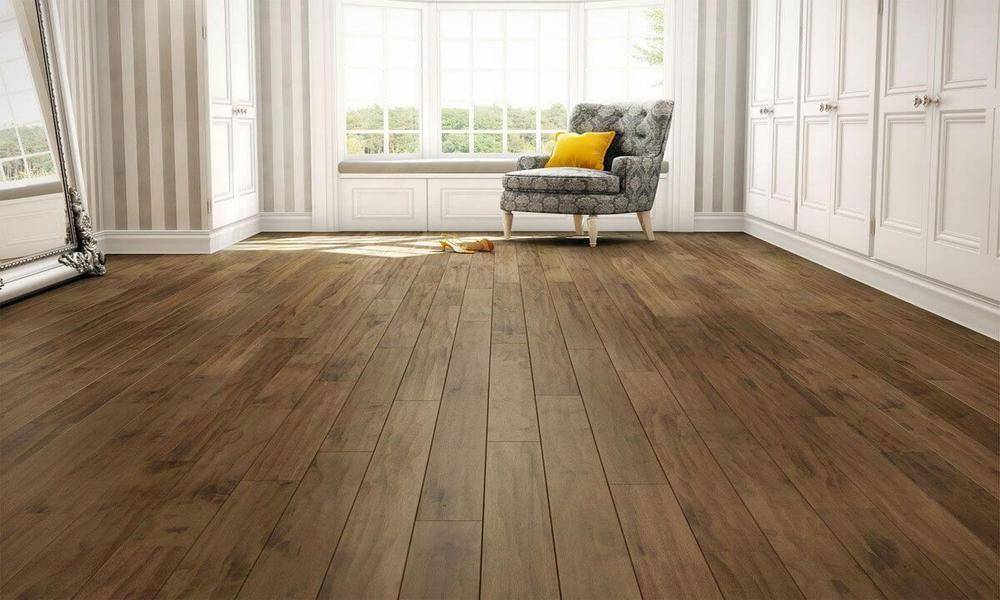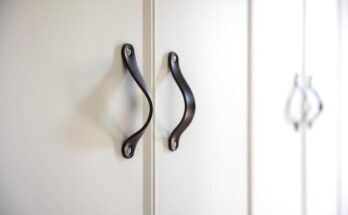To avoid issues with wooden flooring, it’s important to maintain a consistent level of humidity in the room, acclimate the wood before installation, and avoid exposing the flooring to excessive moisture or sunlight.
Cupping:
Cupping occurs when the edges of the planks rise and the center sinks. This can be caused by high humidity levels or moisture in the subfloor. To avoid cupping, make sure to maintain a consistent level of humidity in the room and ensure the subfloor is dry before installation.
Gapping:
Gaps can occur between planks due to seasonal changes in humidity and temperature, or if the wood was not properly acclimated before installation. To avoid gapping, make sure to acclimate the wood to the room’s temperature and humidity before installation, and leave a small gap between the planks to allow for natural expansion and contraction.
Warping:
Warping occurs when the wood bends or twists out of shape, usually due to moisture or humidity issues. To avoid warping, make sure to maintain a consistent level of humidity in the room and avoid exposing the flooring to excessive moisture.
Scratches and Dents:
Wooden flooring can be susceptible to scratches and dents from heavy furniture or sharp objects. To avoid scratches and dents, use furniture pads on the bottom of chairs and tables and avoid dragging heavy objects across the floor.
What is the best way to care for wooden flooring?
Here are some best practices for caring for wooden flooring:
Clean spills immediately: Wipe up any spills immediately to prevent moisture from seeping into the wood.
Sweep or vacuum regularly: Dirt and debris can scratch the surface of wooden flooring, so it’s important to sweep or vacuum regularly to keep it clean.
Use a damp mop: Use a damp mop with a mild cleaning solution specifically designed for wooden flooring. Avoid using excessive water as it can damage the wood.
Use protective pads: Use protective pads on the bottom of furniture to prevent scratches and dents.
Avoid high heels and heavy shoes: High heels and heavy shoes can damage wooden flooring, so it’s best to avoid wearing them indoors.
Trim pet nails: Keep your pets’ nails trimmed to prevent scratches on the flooring.
Use rugs: Use area rugs or runners in high-traffic areas or areas where spills are more likely to occur, such as in the kitchen.
Refinish as needed: Over time, wooden flooring may need to be refinished to restore its shine and protect it from damage. It’s recommended to have wooden flooring professionally refinished every 7-10 years. Regular cleaning and preventative maintenance can help extend the life of wooden flooring and keep it looking beautiful for years to come.
What is the importance of wooden flooring?
Wooden flooring is a timeless and elegant flooring option that can add warmth and character to any space. The natural grain and color variations of wood create a unique and beautiful look that can enhance the overall design of a room. High-quality wooden flooring can be very durable and long-lasting, especially if it is properly maintained. Hardwood flooring can withstand heavy foot traffic and is less susceptible to scratches and dents than other flooring materials.
Wooden flooring can provide a comfortable and inviting feeling underfoot, especially when paired with a quality underlayment or padding. Wooden flooring can increase the value of a property, making it a smart investment for homeowners and businesses. It is a desirable flooring option that can attract potential buyers or renters and increase resale value.




